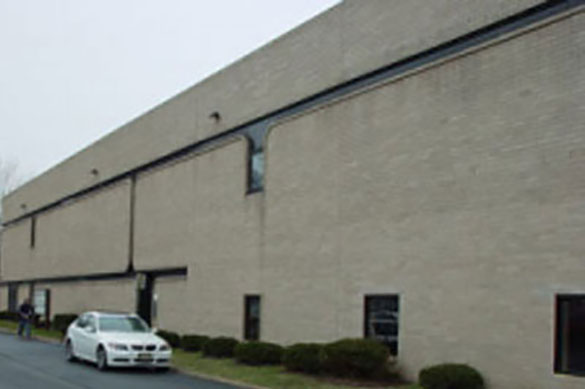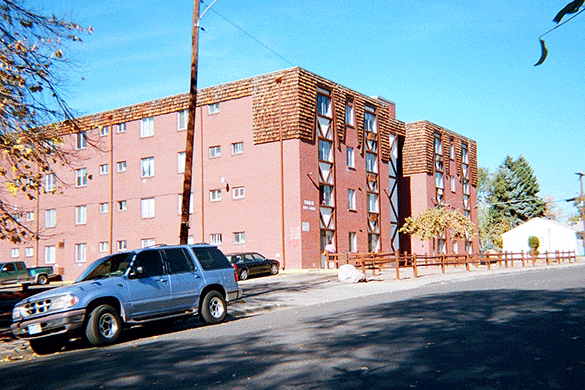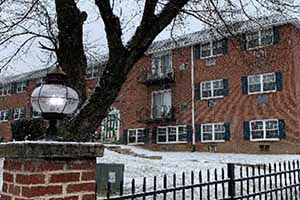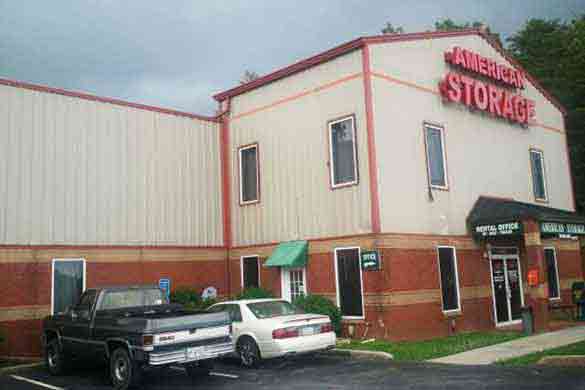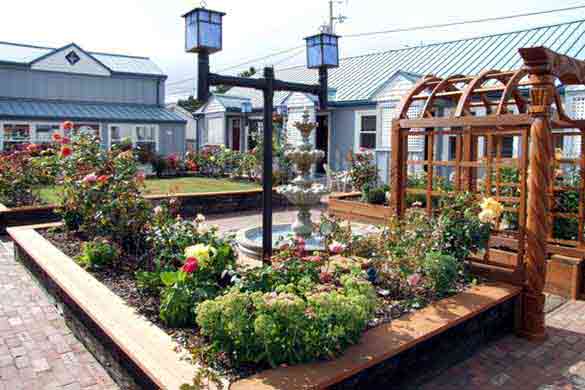Industrial Building Loan
Fannie Mae Multifamily Rates - Updated 1/18/26
| Industrial Building Loan Interest Rates | Free Loan Quote | ||
|---|---|---|---|
| Loan Type | Rate* | LTV | |
| 5 Year Fixed Rates | 6.17% | Up to 75% | |
| 7 Year Fixed Rates | 6.37% | Up to 75% | |
| 10 Year Fixed Rates | 6.59% | Up to 75% | |
Industrial Loans - Industrial Real Estate: 2025 Outlook
The US industrial real estate market remains a central pillar of commercial investment, fueled by e-commerce expansion, supply chain modernization, and steady tenant demand for last-mile and bulk-distribution facilities. However, the pace of new development, post-pandemic economic shifts, and evolving consumer habits will shape the national landscape in 2025. Below is a snapshot of key trends, metro hotspots, and why it’s an opportune time to consider financing with a commercial industrial loan or commercial industrial mortgage.
National Development and Construction Pipeline
- Continued Volume, Though Moderating: Despite higher construction costs and interest rates, the U.S. is still on track to deliver over 300 million square feet of new industrial space in 2024-2025.
- Shift Toward Secondary and Tertiary Markets: Developers are increasingly targeting secondary metros like Louisville, Kansas City, and Greenville-Spartanburg due to favorable land and labor costs.
- Spec vs. Build-to-Suit: Rising costs and economic uncertainty are shifting strategies from speculative builds to build-to-suit projects, reducing vacancy risks for lenders.
Supply and Demand Dynamics
- E-Commerce & Omnichannel: By 2025, e-commerce’s share of total U.S. retail sales is expected to surpass 22%, driving demand for last-mile and bulk-distribution centers.
- Inventory Optimization: Companies are adopting "just-in-case" inventory strategies, supporting steady warehouse absorption in logistics hubs like Atlanta and Memphis.
- Regional Manufacturing Revival: Reshoring efforts are increasing demand for light-manufacturing and flex spaces in business-friendly states like Texas, Ohio, and Arizona.
Vacancy, Rent Growth, and Absorption
- Stable or Slightly Rising Vacancy: After historic lows, industrial vacancy rates are projected to stabilize between 5%-6% nationally.
- Rent Growth Slowing but Still Positive: While growth has moderated from pandemic peaks, annual rent increases of 3%-5% are expected in high-demand metros.
- Evolving Absorption Patterns: Absorption remains strongest near major ports (Los Angeles, Savannah) and growing metros like Phoenix and Charlotte.
Top Metros and Emerging Markets to Watch
- Inland Empire (California): Strong tenant demand, rising rents, and limited land availability.
- Dallas-Fort Worth (Texas): Central location with a strong development pipeline and stable absorption.
- Atlanta (Georgia): High rent growth, particularly for bulk-distribution centers.
- Chicago (Illinois): Leading rail hub with ongoing tenant expansions.
- Phoenix (Arizona): Rapid population growth and strong industrial absorption.
- Inland Ports & Secondary Cities: Growing logistics hubs in markets like Kansas City, Savannah, and Reno.
Investment Trends and Cap Rates
- Increased Investor Caution: Industrial remains a strong sector, though interest rate uncertainty impacts investor sentiment.
- Slight Upward Pressure on Cap Rates: Average industrial cap rates have risen by 25-50 basis points but may stabilize in 2025.
- Core Plus and Value-Add Focus: Investors are targeting older properties for repositioning opportunities.
Why Now is a Good Time for an Industrial Commercial Mortgage or Industrial Loan
- Long-Term Demand Drivers: E-commerce growth, reshoring, and population migration trends continue to support industrial absorption.
- Potential Rate Stabilization: Analysts expect potential interest rate stabilization in 2025, making it a good time to secure financing.
- Expansion and Upgrades: Companies investing in supply chain modernization are creating more financing opportunities.
Check out our low commercial real estate loan rates and use our commercial mortgage calculator to calculate monthly principal and interest.
Our Industrial Property Loan Benefits
Our Industrial Property Loan rates start as low as 6.17% (as of January 18th, 2026)
• A commercial mortgage broker with over 30 years of lending experience
• No upfront application or processing fees
• Simplified application process
• Up to 75% LTV on indutrial property loans (90% with SBA)
• Terms and amortizations up to 30 years
• Loans for purchase and refinance, including cash-out
• 24 hour written pre-approvals with no cost and no obligation
Our Reviews
Recent Closings
Select Commercial is a leading nationwide commercial mortgage broker. We provide our clients with warehouse and industrial building loans for the purchase and refinance of industrial and warehouse buildings from $1,500,000+. Our current loan programs include the following:
• Warehouse, industrial and manufacturing properties containing multiple tenants in suburban or urban locations with a minimum population of 50,000 residents. These buildings typically house light manufacturers, warehouse and distribution companies and storage operators. We will consider buildings constructed of metal, as well.
• Single tenant owner occupied properties where the owner uses the property for their own business are of special interest to us. We specialize in working with self-employed borrowers who own or are looking to purchase an industrial property for their business. We are capable of working with clients whose credit and/or provable income do not meet typical bank standards. We are also able to offer self-employed borrowers up to 90% financing to acquire their own industrial or warehouse property.
• Warehouse and industrial properties with an un-stabilized rent roll due to expired tenant leases or buildings in need of tenant improvements to attract long-term tenants are also properties we will consider. Many times, a property is in need of updating or tenant improvements in order to stabilize the rent roll. We currently offer a bridge loan program to help a building owner improve the value of the property by making money available for rehab, upgrading, and modification.
We are a nationwide commercial mortgage broker specializing in all types of commercial mortgage loans, apartment loans, multifamily loans, and credit tenant lease loans.




